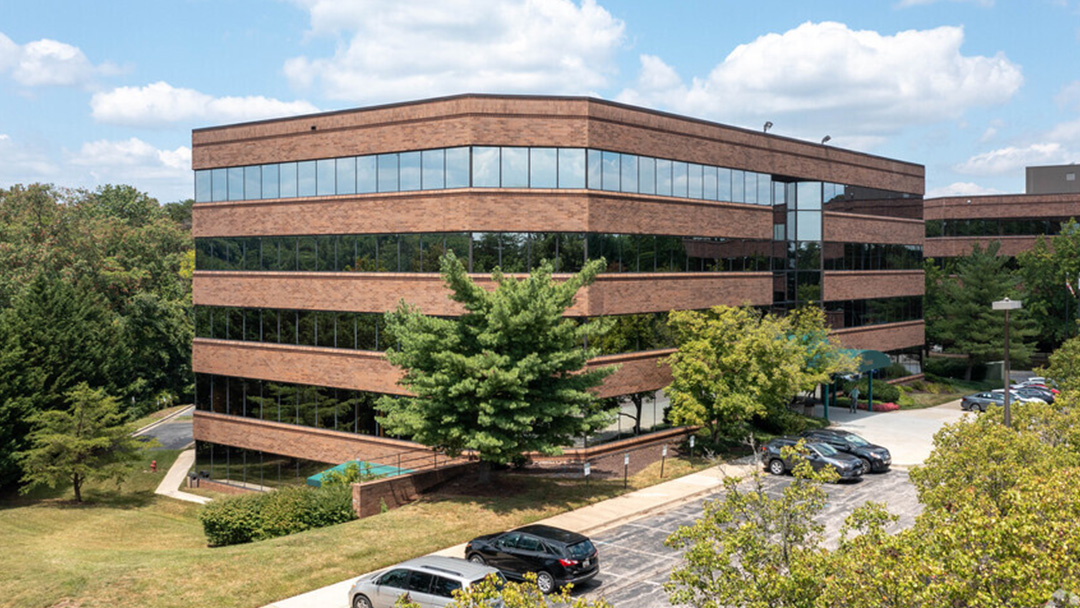Finance & Technology Strategies for Office Carbon Emissions Reduction
November 30, 2022
Low Carbon Tech and C-PACE Finance Series
Office | Large Office | Healthcare | Multifamily
Today, capital expenditure planning for small office buildings prominently features energy efficiency and renewable energy sources, yet upfront costs remain an obstacle to the adoption of technologies that can drive carbon reduction. For this very reason CounterpointeSRE has partnered with the Department of Energy (DOE) with its recommended low carbon strategies for small office and PACE financing below. Each recommended strategy is PACE eligible and can be combined to achieve results such as those introduced in the case of the suburban office below.
Department of Energy Low Carbon Strategies
Lighting
LED lighting with occupancy/vacancy sensors are recommended technologies with potential integration into Building Automation System (BAS) as well as exterior lighting solutions such as a photocell and/or time clock to reduce lighting overnight. Download details below.
HVAC and Water Heating
Simpler recommendations range from the installation of low-flow faucets to replacing and right-sizing HVAC units, with more robust solutions including the installation of air source heat pumps, energy recovery ventilators and active thermal energy storage for load shifting. Download the Small Office technology strategies document below.
Building Controls
Improvements recommended include occupancy controls, continuous demand management, and the implementation of controls that integrate building loads, thermal/battery storage, on-site co-generation plants and PV
Building Envelope
Starting with simple EE measures such as cool roof coatings and ranging to the installation of dynamic glass windows, Better Buildings carbon reduction strategies for small office include insulation, airtightness and window solutions. Download the full list below.
Plug and Process Loads
Recommendations include the integration of smart PPL controls with other building systems such as lighting, load shift implementation via advanced scheduling technologies for charging EVs and the integration of PPLs into demand response.
Renewables and Battery
Integration of renewables, battery storage and building loads into demand flexibility controls such as the case example presented by CounterpointeSRE can reduce the carbon footprint of an office and/or acheive net-zero.
Download the full Low Carbon Technology Strategies guide for small office from the Department of Energy’s Better Buildings initiative here.

C-PACE Case Study

The retrofit of an office building in suburban Maryland is projected to yield an estimated carbon reduction of 905 metric tons annually.
- Class B office in a Baltimore suburb financed energy efficiency, renewable energy, and resiliency improvements (BAS, generator, solar and BESS) to bring the building to near net zero with greater than 90% of energy generated on site
- 100% financing with no expenditure by owner to finance ($3.7 million C-PACE) a net-zero retrofit
- Owner retained all rebates, incentives and benefits of depreciation, while tenants benefit from reduced utility costs and repay PACE assessment through property taxes under NNN leases
How to Get Started
- Assess current building conditions through energy audit and/or carbon inventory.
- Identify operational improvements and renewable energy sources
- Get quote / Apply now
- Submit list and price of each measure for cost benefit analysis and eligiblity review.
- Review tenant leases for pass-through and work with CounterpointeSRE to optimize cash flows and benefits for tenants.
